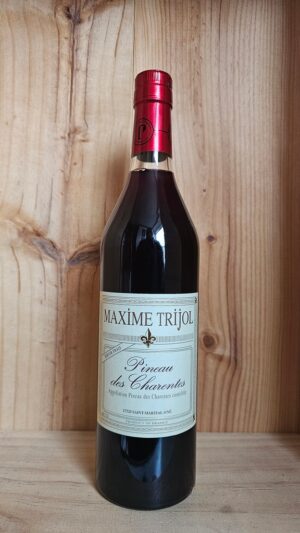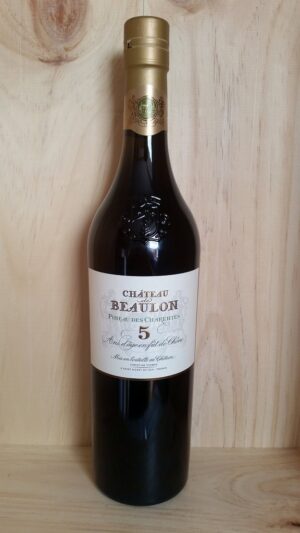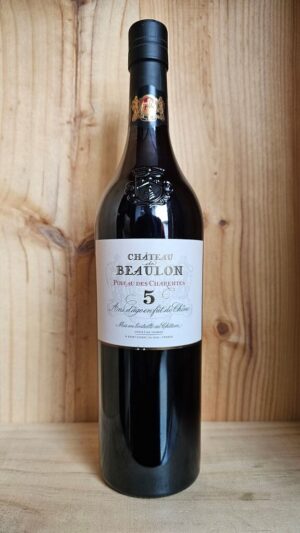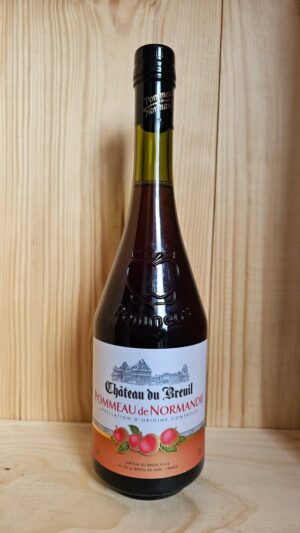Last date for Christmas orders is Tuesday 16th December. We will still despatch orders placed after the 16th but cannot guarantee that orders will be delivered by Christmas. Dismiss
Skip to content3 in stock
| Origin | |
|---|---|
| Main grapes | |
| Other grapes | |
| Vintage | |
| Bottle sizes |
Simonnet-Febvre Ratafia is a Vin de Liqueur, a type of fortified wine, made by adding brandy to grape juice which is then aged in barrel. In this regard, Ratafia is very similar to Pineau des Charentes, Macvin du Jura and Floc de Gascogne, similar products from other French regions. Buy Ratafia from Fareham Wine Cellar.
Maison Simonnet-Febvre was founded in 1840 by Jean Febvre, a cooper from Montbard, and it is one of the very oldest traditional Chablis wineries. Febvre initially acquired Tisserand, a wine merchant company, and began specializing in Sparkling Chablis, a precursor to what we now know as “Crémant de Bourgogne”. Simonnet-Febvre remains unique in Chablis as the only winery to continuously produce sparkling wines using the traditional method since its founding. The company was purchased in 2003 by Maison Louis Latour. This cemented a historic connection between the two names: on December 8, 1891, Louis Latour of the fourth generation had ordered Sparkling Chablis from Simonnet-Febvre to celebrate acquiring the famous Château Corton.
There are two types of Ratafia. The first type is a sweet liqueur version which is flavoured with various kernels (often almond or cherry), peels, spices and sometimes vegetables or fresh herbs. This style is often made in Spain and Italy like Ratafia Evangelista for example.
The second type, like the Simonnet-Febvre Ratafia, is a fortified wine, a type of Mistelle, which is a blend of unaged brandy (like a grappa or marc) and fresh grape juice. There are various regional versions, including Ratafia de Champagne and Ratafia de Bourgogne.
Not to be confused with Ratafia biscuits!
The grapes for this fortified wine come from Simmonet-Febvre’s 15-hectare Coteaux de l’Auxois vineyard which is located between Semur-en-Auxois and Montbard to the west of the Cote d’Or. The vines grown here are grown on clay / limestone soils and are a mix of Chardonnay and Auxerrois with an average age of 25 years. Fermentation of the fresh grape juice is stopped by the addition of alcohol (grape spirit) to preserve the fresh aromas of the grapes and the natural sweetness. This is normally made in a ratio of 2/3 grape juice to 1/3 alcohol. It is then left for 12 months in barrel for the grape juice and alcohol to fully marry together.
Simmonet-Febvre Ratafia displays a vibrant, golden-yellow hue. Its aroma reveals a delightful blend of fresh fruit and floral notes, accented by subtle hints of vanilla. On the palate, it offers a smooth, velvety start, striking a perfect harmony between sweetness and acidity, leading to a long, refreshing finish.
Simonnet-Febvre Ratafia classically chilled as an aperitif.
It is a good match for blue cheeses, like Roquefort or Gorgonzola, foie gras or crème brûlée. It is also great poured over melon or fruit salads.
It is also a good cocktail ingredient. It can be mixed 1/3 Ratafia to 2/3 Champagne or sparkling wine, for example.





